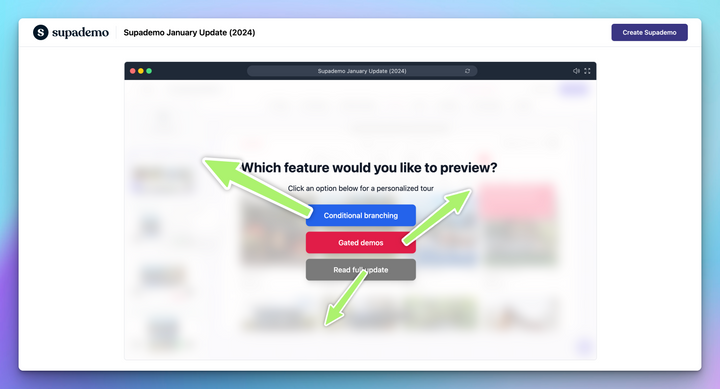In an era where exceptional products and services are baseline expectations, modern businesses face a new challenge: delivering swift and precise customer service. No longer a mere aspect of business operations, customer service has become a vital necessity. Studies indicate that a staggering 93% of customers are more likely to continue business with brands that offer superior customer service. But what truly sets apart a company's customer service? The answer lies in automation. This guide delves into customer service automation and outlines how businesses can effectively implement it.
What is Customer Service Automation?
Customer service automation involves resolving customer queries automatically, without direct human intervention. This can be achieved through various methods like AI-powered chatbots, self-service resources, IVR systems, and automated emails.
The Benefits of Customer Service Automation
Implementing customer service automation effectively offers numerous benefits:
- Improved Response Time: Automated support, available 24/7, ensures immediate responses, catering to customer needs anytime.
- Enhanced Customer Engagement: By quickly understanding and addressing customer issues, automated services foster long-term engagement.
- Superior Customer Experience: Automation minimizes human errors, delivering consistent and reliable communication tailored to each customer's journey.
- Efficient Resource Allocation: Automation allows agents to focus on complex queries, enhancing overall service quality.
- Valuable Customer Insights: Automated interactions provide data for continual improvement in service processes.
- Cost-Effective Service: Automation reduces the need for additional support staff and related expenses.
Implementing Effective Customer Service Automation
1. Identifying Key Channels
Understand your customer demographics and preferences to determine the most effective channels for automation, like email, web chat, or phone calls.
2. Cataloging Queries and FAQs
Analyze customer queries across all channels to identify common issues that can be resolved through automation.
3. Establishing a Knowledge Base
Create a centralized repository of information with tools like Supademo. This empowers customers to find solutions independently, improving satisfaction and reducing support costs.
4. Utilizing Canned and Pre-Written Responses
Prepare predetermined replies for frequent queries, enhancing efficiency and customer experience.
5. Implementing IVR Systems
Set up an IVR system for your phone support, ensuring it's user-friendly and efficiently guides customers to the right solutions or departments.
6. Choosing the Right Software
Select customer service automation software that offers insights, ease of setup, customization, and multi-channel support.
7. Integrating with CRM Systems
Combine your CRM with automation tools for a comprehensive view of customer interactions, enhancing the context and depth of conversations.
8. Deploying Chatbots
Use AI-enabled chatbots to handle routine queries and direct complex issues to human agents.
9. Streamlining Onboarding Processes
Develop intuitive onboarding processes using solutions like Supademo to reduce the need for customer support interactions.
10. Continual Measurement and Optimization
Regularly measure the impact of your automation efforts and optimize based on feedback and performance metrics.
Best Practices in Customer Service Automation
- Maintain Separate Support Profiles: Use distinct emails, phone numbers, and social media accounts for support activities.
- Collect Feedback Relentlessly: End every interaction with an automated feedback request, using negative feedback as an opportunity for improvement.
- Regular Audits: Consistently review and update your automation tools and resources to stay relevant.
- Provide an Escape Hatch: Allow customers easy access to human agents if they prefer personal interaction.
Embracing Change for Enhanced Customer Service
The landscape of customer service is constantly evolving. By embracing automation and continuously adapting your strategies, businesses can significantly improve customer experiences, streamline operations, and stay ahead in a competitive market.
In conclusion, customer service automation is not just a tool for efficiency; it's a strategic approach to enhancing customer relationships and driving business growth. By understanding its nuances and implementing it thoughtfully, businesses can transform their customer service into a powerful asset for success.




